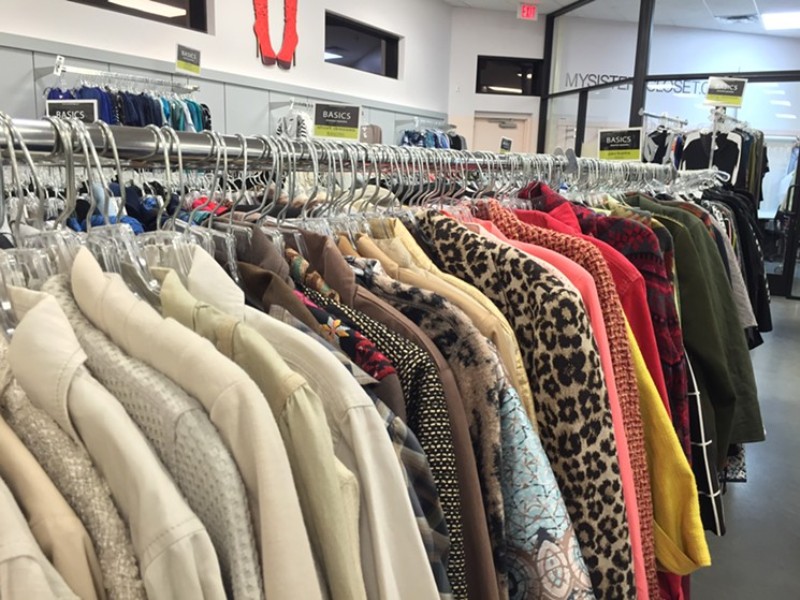Clothing waste accounts for 10% of carbon emissions in the world, making it the second-biggest source of pollution in the world after oil. It explains why landfills have more clothing waste than other types. The modern household is all about keeping up with the current trends and not the durability of clothing. Trends like minimalism and fast fashion have emerged as a result and are only increasing our landfills with clothing waste. Most clothing is made of polyester, which is made from petroleum and is known to take as long as 1,000 years to degrade. Long-term recycling efforts are underway with large textile companies committing to producing sustainable clothing. Such efforts can only do so much to reduce clothing waste. The actual responsibility lies with individual households; if every person committed to disposing of textiles responsibly, then there would be a notable change in our communities. Here are some ways families can participate.
Donate

It is an excellent way of responsible rubbish removal. Consider giving them to friends, family or neighbours. Alternatively, donate them directly to a charity organisation. Such institutions support people who are in dire need of basic needs, including clothing. Note that only a third of the textiles donated is considered good enough for resale; the remaining bit is exported or disposed of. As such, it is essential to give high-quality textiles to avoid adding to landfill waste. If you are donating lots of clothes be sure to use Clearabee rubbish removal bags. They will help you sort out clothing into different categories, e.g., kids and adult wear.
Repurpose
Re-fashion videos, sites and blogs are all the rage right now. They offer numerous ways of re-using waste, including clothing. Textiles are pretty versatile, and with just a few home-made tools, you can transform an old tee into a bag, faded denim into a fancy quilt and make accessories like scarfs; the list is endless.
Resale

You may have clothes that look as good as new as you have worn them once or twice. Today, numerous avenues allow the resale of clothing. You not only make a few extra bucks but also dispose of the textiles responsibly. Alternatively, you can find a consignment shop near you.
Swap and Share
Cloth swaps make a great way of saving clothing waste from a landfill. You also get to meet like-minded people and fill your wardrobe with new outfits. Luckily, online communities have been set up to organise such noble tasks. You can also invite a group of friends and exchange your clothes for outfits you have loved on them.
Shop for Sustainable Clothing

Few companies are taking to the idea of using deadstock to produce new attire. Christy Dawn, for example, makes bohemian dresses using leftover fabrics from other fashion brands. The designer only creates a sketch of the necessary cuts and patterns, collects the deadstock and designs the clothing. Buying from such brands makes a more conscious way of diverting textile waste from the landfill.
Rent Instead of Buying Clothing
Brands like Rent the Runaway help standardise the idea of renting clothing. The company started by renting clothes that women wear once or twice in their lifetime, i.e., gowns and formal wear. It later ventured into renting different types of attire, including gym gear and jeans. Renting attire makes an eco-friendly means of reducing rubbish removal because the piece will be worn a few times before disposing of it. As a result, consumers will buy fewer clothes and manufacturers will produce fewer textiles, which minimise industrial carbon emission.
Clearabee makes an excellent example of a rubbish removal company that is eco-conscious. Apart from providing rubbish removal services in the form of skip hire and Man and Van Clearances, it has a record of diverting 90% of waste to recycling plants.